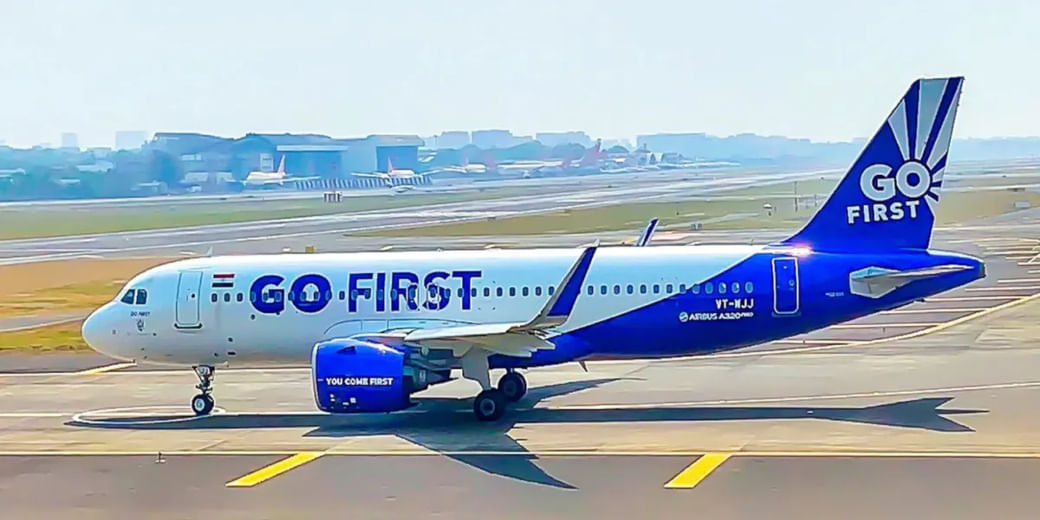Turbulence ahead for aviation sector
Air travel in India is still considered as luxury spending. All the luxury items have very high price elasticity.

Airlines are going through turbulent times. Last week Go First filed for bankruptcy but other companies in the sector are facing issues. Petitions are being filed against SpiceJet and Jet Airways has got new ownership. Indigo is in a better position as it has more than 50% market share.
So the question is why airline companies are facing so many issues. Let’s look at the industry structure, air travel in India is still considered as luxury spending. All the luxury items have very high price elasticity. At the same time, it faces intense competition not just within airlines but also from other forms of travel like railways.
The competition within an industry is also very intense and it is purely based on price. It’s like a commoditised market where the main focus for most of the consumers is price. No airline company promotes itself as being very different from others and having some USP. So it all boils down to price and efficiency. Seasonality demand is also there, making the topline very sensitive to price and volatility. So companies are compelled to keep prices low.
Now let’s come to cost, ATF is a major cost which accounts for 45% and last year we saw crude oil prices shot up so that created additional problems for companies. Besides all this, there is a high exit barrier from the industry.
At the same time, there is one more issue with airlines. They buy planes on lease. So, lease is an obligation that should be considered as debt but they are not. On top of it, airlines also take a huge debt. Given the volatility in crude oil prices, seasonality in topline, lease obligations and interest obligations pose so much risk. So airlines would be in a better position if they will start including lease obligations as debt and then take additional debt accordingly.